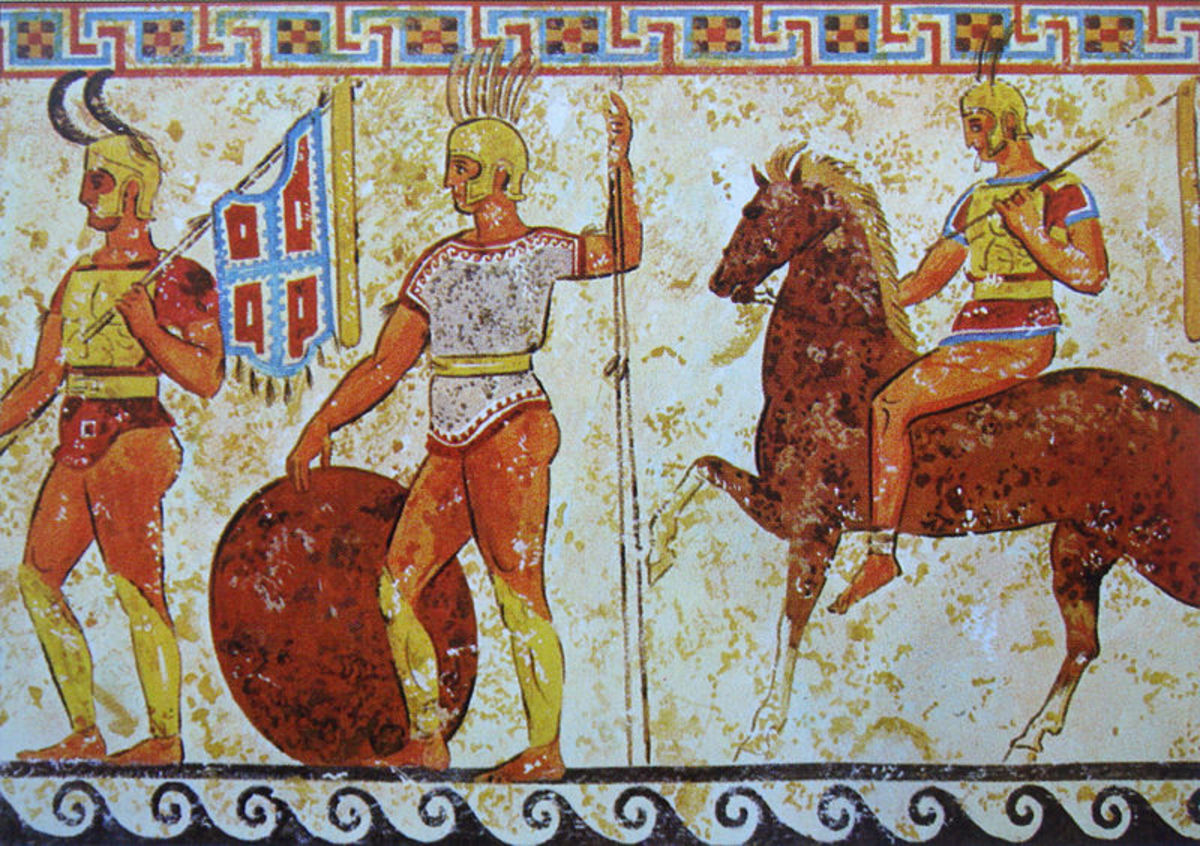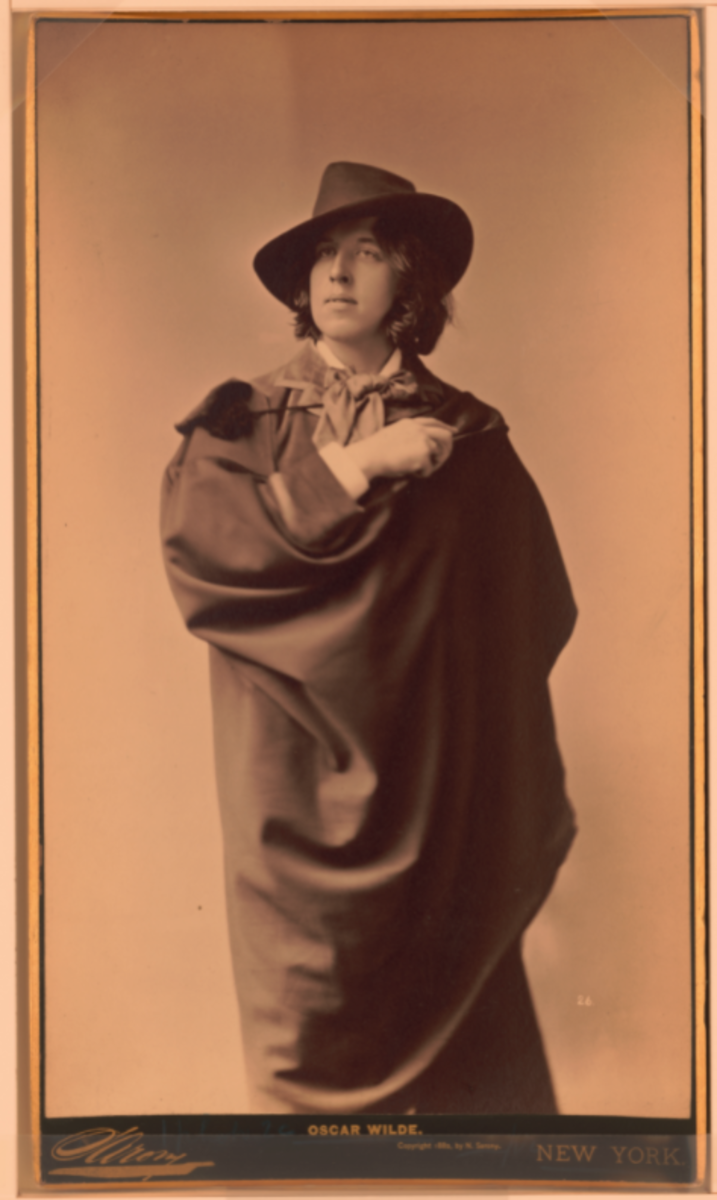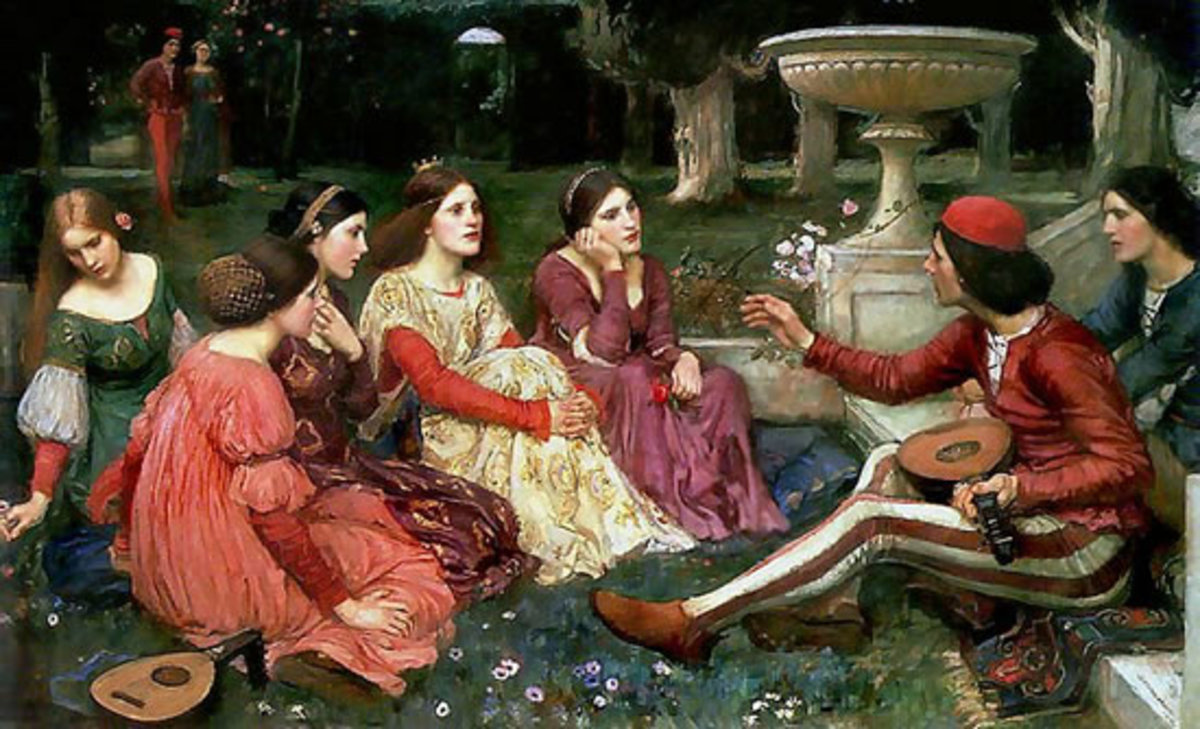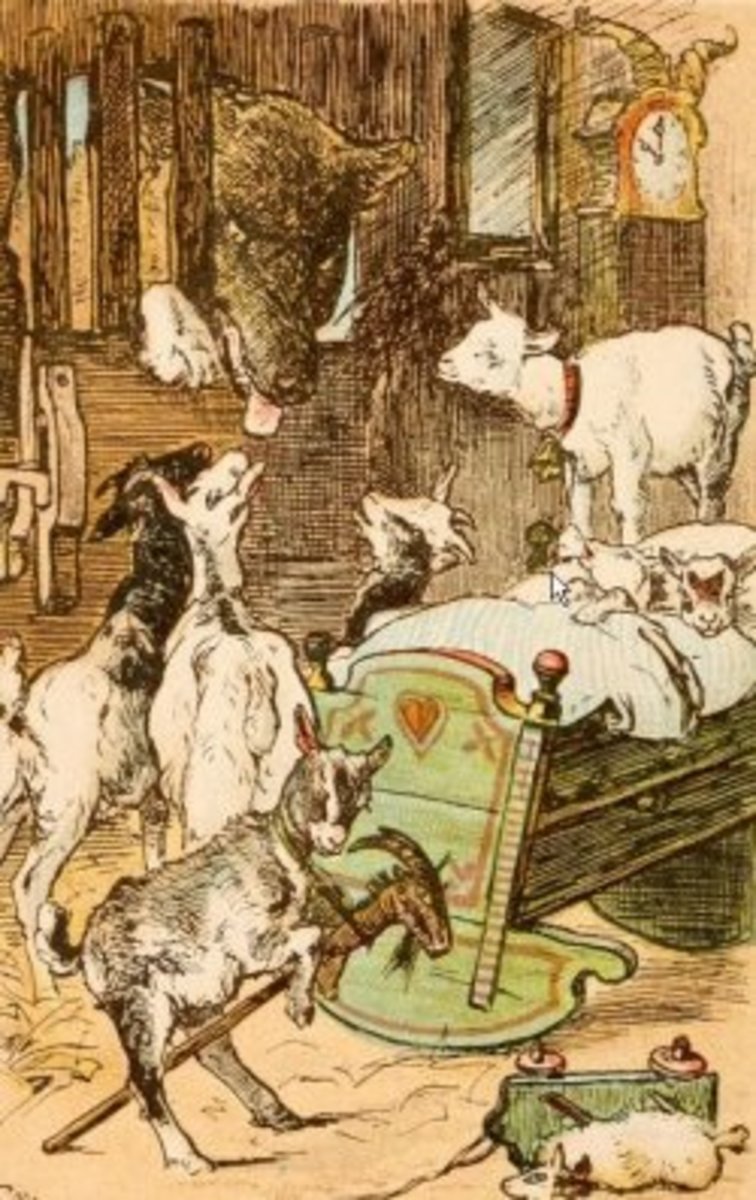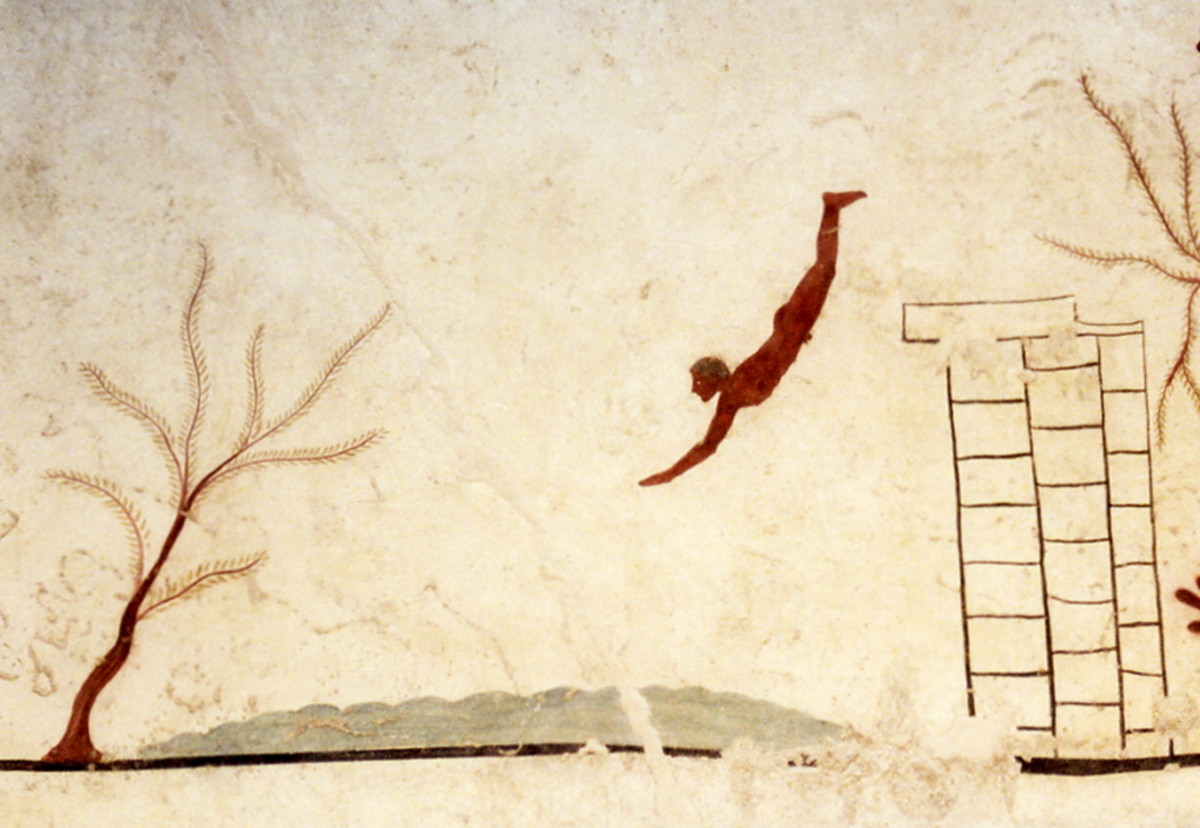Postmodernism as a Consumer Tradition: From Pop to Postmodernism
The 50's American culture and lifestyle, after the Second World War, gave way to a new type of design; popdesign. The term "pop" is linked to the emergence of the new youth culture, the pop culture that grew in the United States and Britain in the 1950s. While post-war design practice in Europe was largely influenced by a social-political discourse with lines to functionalism and educational institutions such as Bauhaus and the University of Ulm, American design approached a softer, organic expression.
Pop art
The term pop art, was used for the first time in the 1950s by the British critic Lawrence Alloway in The Independent Group, to describe a new direction in art that drew its inspiration from popular culture and everyday consumption.
Pop art's quest to unify beauty with the popular which appealed to most people, made pop art an inclusive, generous, free and experimental art movement that was expressed through multiple media, such as visual art, design, film and music. Everyday mass-produced industrial design was reproduced in art.
The word "pop"
Eduardo Paolizzi, who joined The Independent Group in 1952, used the concept of pop in the collage Intimate Confession in 1947. The collage showed a combination of technological and sexy expression, with the motif of a gun, an American war plane, a Coca Cola bottle with logo and the word "pop".
The term pop here had a threefold meaning; "(...) the pop of a gun, pop meaning a fizzy drink and pop for popular".
Pop design as an antithesis to modernism's "good design" paradigms
Derek Boshier and Richard Hamilton have described pop art as; "(...) popular, transient, expendable, low-coast, mass-produced, young, witty, sexy, gimmicky, glamorous, and Big Business." This description is also characteristic of pop design as an antithesis to modernism's "good design" paradigms. With its freedom in relation to material use and paradigms for "good design", it drew inspiration from a broad register of styles and movements; for example, Art Nouveau, Art Deco, Futurism, Op art, Psychedelia, Kitch and Oriental mystery.
Product and consumption as expression of identity
Pop design became a pop art in a contemporary era of increased globalization and economic growth, where product and consumption also became an expression of identity, an indication of a new sensitivity and time. Pop design's contradiction to modern man's paradigms for "good form" implied an affinity for anti-design. We see that pop design, by virtue of being part of the pop culture's individualistic generation, also became part of radical design groupings; for example British Archigram (1961), and the two Italian groups Archizoom (1966) and Alchimia (1976).
Pop design thus marked the way forward towards postmodernism.
The importance of Italian and Spanish designs in the reconstruction of their democracies
Viewed from a historical perspective in relation to Spain, Italian design has had a prominent impact on Spanish design during the latter half of the 20th century. Julier cites Catalan design practices as important in the process of rebuilding Spain during the democratization process, and he has compared Barcelona's role with Milan's importance to the reconstruction of Italy in the 1950s.
The central point here is design in relation to the 'street' as a metaphor for public life in a democratic society, and as an expression of an economic and cultural dualism that emerged as a separate Catalan identity, but also with national spread.
In relation to the importance of Italian design to Spain, and its importance in postmodern design in general, I will further explain Italian anti-design and Memphis. Memphis is mentioned specifically because Memphis is seen as a summary of what postmodern design is.
Italian anti-design
Italian anti-design was expressed through parallel-related groupings under the definition of "radical design" as a reaction to modernism's rationalism.
The radical anti-design moves the design's connections to socio-cultural, individual creativity and a sensory, emotional connection between individual and object. The use of new materials and strong colors, showed the influence of pop culture and historical styles such as Art Decó, Kitch and Surrealism. The ideology of the movement was based, among other things, on theories and objects formed by Ettore Sottsass, which formed part of what guided Italy's anti-design until the 1980s.
Italian avant-garde
Italian avant-garde design was characterized by both cultural, philosophical, political and social critical awareness and in place of making individual works, thought conceptually and globally. The design process was considered in conjunction with the political assumptions of the consumer society. Life forms which had examples in the beat generation and the hippie movement became a source of inspiration.
Alchimia (1976) became the most significant of international avant-garde design groups up to the 1980s with Sottsass and Alessandro Mendini among the front figures. The design practice has moved from the "good shape" of modernism, to crossing boundaries across media, materials, eras and styles. Individuality and redesign became key words.
Memphis as an expression of a "New International Style"
Sottsass created Memphis in 1981. Memphis largely became a guiding principle for a new, playful and colorful design, emphasizing communication between object and user rather than function. Design became an important factor for personal style and identity. The inspiration was found in everyday life, for example 'on the street', in film and music. Sottsass regarded Memphis as an expression of a "New International Style".
Memphis consisted of among others, in addition to Sottsass himself who was creative director, Barbara Radice, Andrea Branzi, Issey Miyake, Michele de Lucci, Martine, Aldo Cibic and several international designers and architects. They worked in a wide area that included furniture, textiles, products, metalware and interior design.
Characteristics of Memphis and Postmodern design
Memphis design is characterized by nontraditional combinations of form, arch and materials and is generally characterized by contrasts and playfulness, the use of clear and strong colors and patterns with, for example, the use of black and white with inspiration in Op art.
The use of symmetry, asymmetry, amorphous forms, cubism and inspiration derived from Art Deco and Pop Art, among other things, gives Memphis formalist shows of freedom in relation to the "good form" of modernism. Composition of cheap laminates and plastics with expensive materials erases the distinction between 'high' and 'low'. With Memphis, the assault became important in line with the shape of the object. Branzi consolidated the group's project, "Il nuovo design" (The new design) as follows:
1) Putting behind the myth of the ´unity´ of the project and concentrating on a free discontinuity of parts with respect to the whole. 2) The search for a new linguistic ´expressive´ quality as a possible solution to the enigma of design and as a possible new meaning. 3) Recycling all possible idioms now in circulation within the experience of our lives. 4) Recuperating decoration and colour as signs of freedom and nobility creative invention. 5) Going beyond ergonomic limits and concentrating on an affective relationship between man and his things.
At the same time it existed in Italy Bel Design, a direction that corresponded to "good shape" according to, for example, Bauhaus, but where the objects had a greater sense of personality.
References
Michel Collins: Towards Post-Modernism: Design since 1851, (London: British Museum Press, 1987), pages 112, 118-120.
Clarke: Art Terms, (Oxford: Oxford University Press), page 192
Charlotte & Peter Fiell: Guida al Design: Concezioni. Materiali. Stili. (Köln: Taschen, 2006), pages 16, 115-118,ER147 and 152.
Guy Julier, in art. "Barcelona Design, Catalonia´s Political Economy, and the New Spain, 1980-1986", in Journal of Design History, Vol. 9, Number 2, (1996), page 117.
Erlend G. Høyersten: Fra Design til Antidesign. Industridesign i Europa som estetisk fenomen, etter modernismen. Tesis in Art History UiB, spring 1999.
© 2019 Gro Kristina Slaatto

